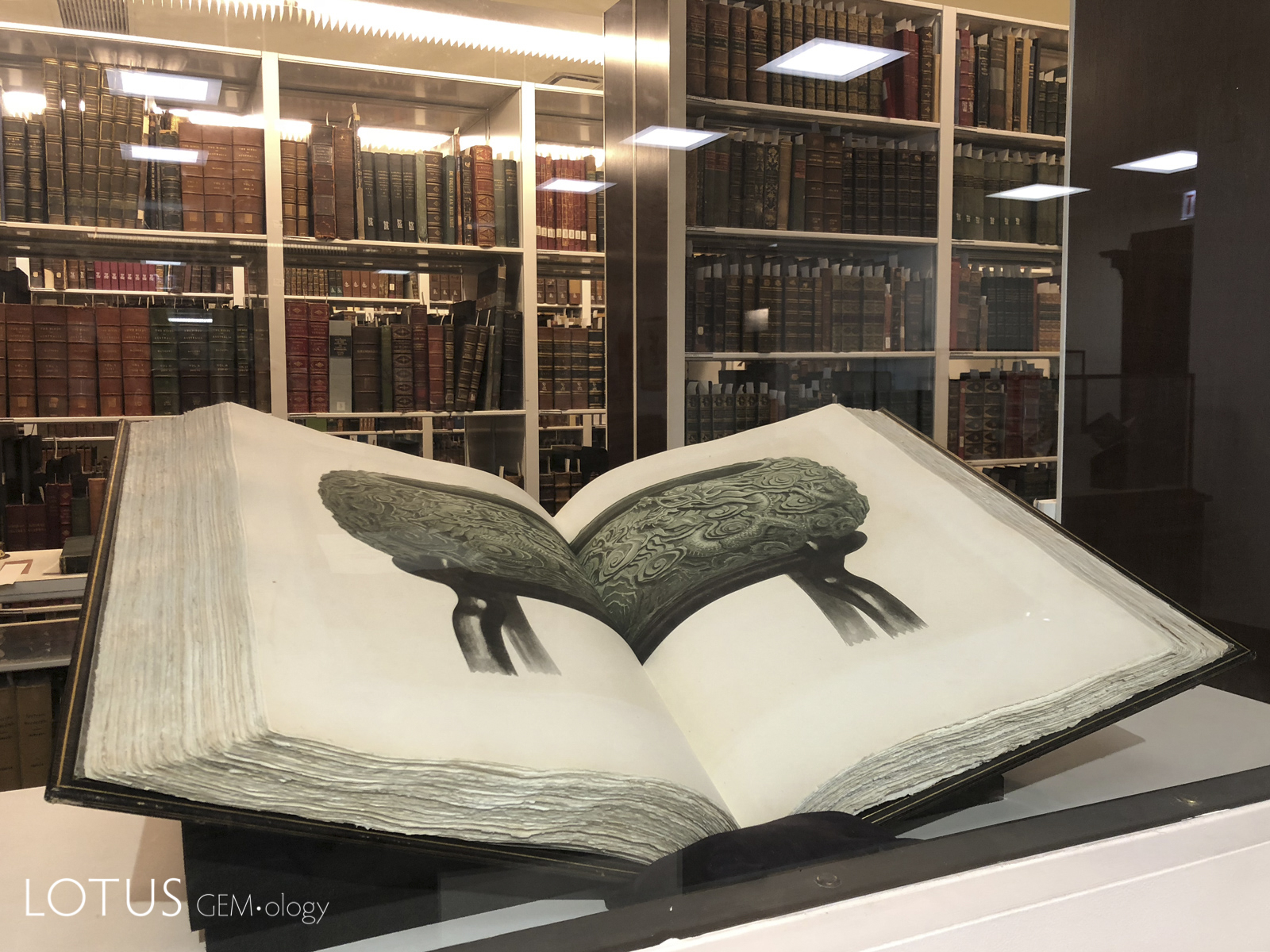

Book collectors use points, such as broken type and text excisions, to distinguish between different issues of first editions.

The desirability of the first edition is based not only on speculative but also on historical considerations a first edition is one step from a manuscript. The most valuable first editions are of literary classics and early or obscure works of famous authors.

This last is a collection of deliberately small size (originally a single bookcase) designed to represent the epitome of one bibliophilic category, such as 15th-century French illumination. The three traditional approaches to collecting first editions are the author collection, the subject collection, and the cabinet collection. Institutional libraries now vie with private collectors for rare books dispersed by auction and through antiquarian bookshops. book collecting on the massive scale practiced by Huntington has declined. The three greatest American book collectors were Henry Clay Folger, John Pierpont Morgan (see under Morgan family), and Henry E. In 1884 Hoe became the first president of the newly founded Grolier Club, a New York-based society dedicated to the appreciation of fine book production. The two most notable collectors of the second half of the century were Henry Huth (1815–78), an Englishman, and Robert Hoe, the first important American collector. first editions of native contemporary literature began to attract book collectors. Richard Heber (1773–1833), whose collection of first editions of literature and history filled several houses, was one of the first collectors to consider contextual factors primary.ĭuring the 19th cent. At first criteria were more visual than literary: early printing, fancy binding, and colorful illumination. collectors shifted their focus from building up libraries to seeking original editions, including incunabula, of earlier works. By the end of the 17th cent., book auctioning was common throughout Europe. The Bodleian Library at Oxford and the Harleian Library of the British Museum were founded respectively on the private collections of Sir Thomas Bodley and Robert Harley, 1st earl of Oxford. Many early collections became the cornerstones of public libraries. The aim of early collectors, such as Willibald Pirkheimer (1470–1530) and Jean Grolier de Servières, was to assemble personal working libraries. During the Middle Ages monastic institutions were the main accumulators of valuable manuscripts.īook collecting proper began after the invention of movable type (c.1437) and the proliferation of inexpensive books. HistoryĬontemporary accounts mention personal manuscript collections in ancient Egypt, Greece, and Rome because manuscript media-scrolls and papyri-were scarce and expensive (and illiteracy general), collecting was confined to religious leaders and heads of state. Collecting has traditionally concentrated on first editions in the field of pure literature. Book collecting, or bibliophily, the acquiring of books that are, or are expected to become, rare and that possess permanent interest in addition to their texts.


 0 kommentar(er)
0 kommentar(er)
